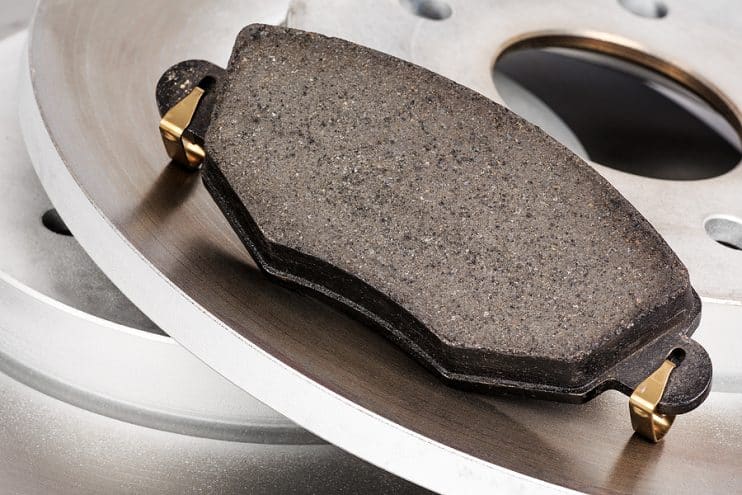
Brake pads are essential to the safety of your vehicle and other vehicles on the roads. Failing and worn-out brake pads reduce the efficiency of your brakes and can lead to more costly repairs later on. We’ll guide you through the symptoms of failing brake pads, the types of brake pads available, and how to make your replacement brake pads last longer with good driving habits.
Table of contents:
- What are brake pads, and how do they work?
- What types of brake pads are available?
- How can I tell if my brake pads need replacing?
- How long do brake pads last, and when should I have them replaced?
- How to make brake pads last longer
What are brake pads, and how do they work?
A pair of brake pads are a vital part of the overall braking system, including a brake disc and a brake calliper for each wheel. When you press down on the brake pedal, hydraulic fluid in the calliper helps to push each pair of brake pads towards the rotating brake discs, creating friction that slows down and stops your vehicle.
Considering how often you slow or stop your vehicle every time you drive, it’s no wonder brake pads wear out over time. Poor driving habits, mileage, the weight of your car and the terrains you drive on can all impact the lifetime of your brake pads too. That’s why it’s crucial to have them inspected and replaced on a regular basis. However, knowing the signs of worn-out or failing brake pads can help you take action beforehand.
What types of brake pads are available?
Several types of brake pads are available, and which ones you choose may depend on your budget. Here’s a brief overview:
- Organic brake pads: Made from glass, rubber, or resins, these are often cheaper than other brake pads. They can be softer and quieter but wear out faster than other types.
- Ceramic brake pads: Known for their durability and minimal dust production. They offer quieter braking but can be much more expensive.
- Metallic/Semi-metallic brake pads: Made from a mix of metals, these brake pads are durable and offer excellent stopping power, but they can be noisier and wear down your brake discs faster.
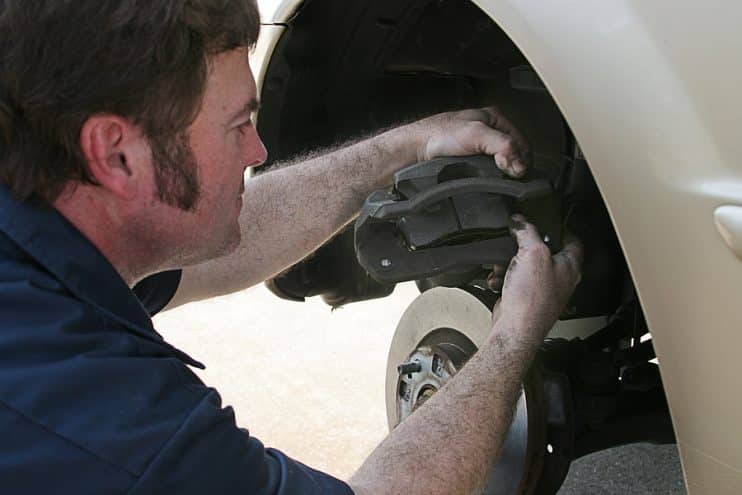
How can I tell if my brake pads need replacing?
Here are some signs that indicate it could be time to replace your brake pads or at least have them inspected.
The warning light comes on (in newer cars)
New cars tend to have brake pad warning lights on the dashboard, a helpful indicator that your brake pads are wearing out. Modern vehicles have sensors that can detect the thickness of the pads so that when they wear down to a certain level, the warning light will come on.
If you notice your brake pad light coming on, check your brakes as soon as possible to ensure you’re safe on the road.
Vibration or shaking when braking
If you notice vibration or shaking when you apply the brakes, it could mean that your brake pads are worn out unevenly. This can cause problems with consistent contact with the brake discs, causing that shuddering sensation. You may notice it more at higher speeds or when braking hard.
Uneven brake pads can cause uneven tyre wear and stress your suspension, so it’s worth getting the vibration checked out to save on more significant bills in the long run.
Longer stopping distances
If you’re finding that your car is taking longer to stop than it used to, it’s a clear sign that your brake pads are failing. They lose the friction they need to slow and stop the wheels. This is a significant safety concern, making your vehicle less responsive, especially with emergency stops or slowing at high speeds.
Screeching, grinding or clicking noises
Many brake pads feature a small metal indicator that makes a high-pitched squeal or screech when the pads wear down to a certain level. You might notice it more when you’re braking lightly.
Grinding can indicate a more severe problem, however. It can often mean that the brake pads have worn down completely and that the calliper and the brake disc are now making contact. Having this problem fixed can be much more costly.
Clicking or rattling can also be a sign that the brake pads are coming loose or aren’t properly secured within the calliper, so these noises also need to be looked at by a professional as soon as possible.
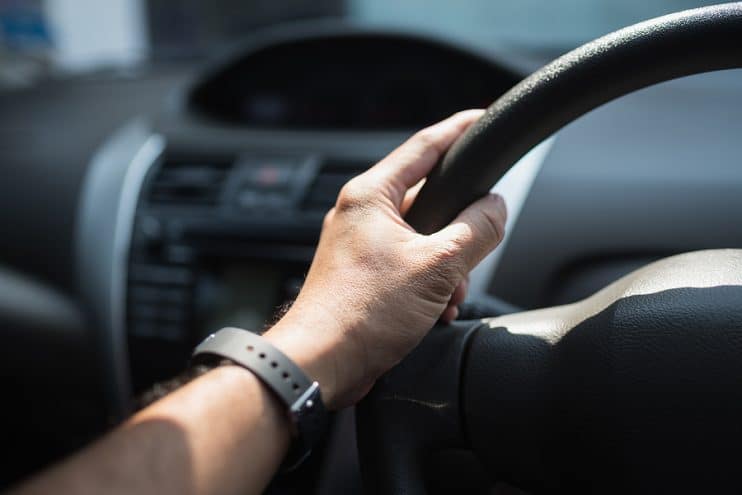
The car is pulling to one side
If you notice your car pulling to one side while braking, it may be a sign that the brake pads are wearing out unevenly, which causes an imbalance in braking force. This is a significant safety issue when driving, especially on the motorway or on narrow or busy roads.
It can also cause further headaches for your vehicle, including uneven tyre wear and problems with your vehicle’s alignment.
Your brake pads are visibly worn down
It’s possible to look at the brake pads on some vehicles by looking through the wheel’s spokes – you may see the outer pad pressed against the brake disc. You should be able to see at least 3mm of pad – any less than this means you may need replacement brake pads.
Checking your brake pads regularly can help you catch worn-out pads earlier and reduce more costly repairs later.
How long do brake pads last, and when should I have them replaced?
Brake pads can last anywhere between 30,000 and 70,000 miles, but this can depend on the type of brake pad you have and your driving habits. For example, frequently braking suddenly instead of slowly can wear them out faster.
It can also depend on how heavy your vehicle is – the heavier the car, the more friction must be applied to slow it down. And if you drive in a busy, urban environment such as a city, and at peak traffic times, your brake pads will get more use than if you drive on motorways or quiet roads, so it stands to reason they will wear out faster.
When it comes to replacing your brake pads, refer to your vehicle’s manual, have regular checks of the brake pads (or try doing it yourself) and be aware of the signs of a failing or worn-out brake pad so that you can take action sooner rather than later.
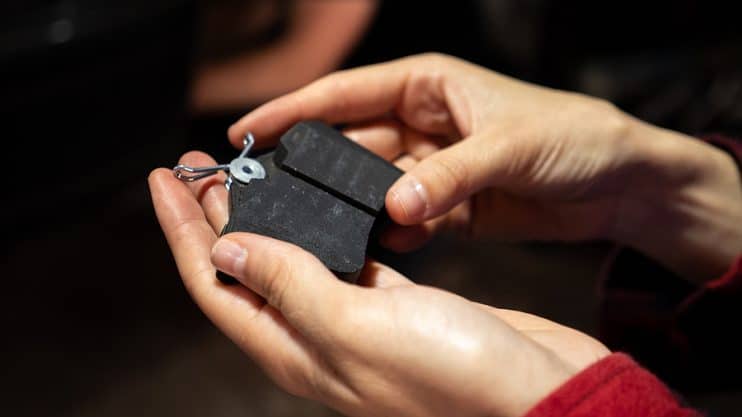
How to make brake pads last longer
A few simple driving tips can extend the life of your brake pads, saving you a few extra quid in the process:
- Anticipate when you need to brake by looking ahead at other vehicles and slowing down in good time instead of breaking suddenly.
- Don’t speed, in case you need to brake suddenly.
- Accelerate gently – hard acceleration leads to harder braking.
- Reduce the load in your car by removing empty roof boxes or other unnecessary items.
- Inspect your brake pads regularly or have a professional do it to ensure you’ll stay safe on the road.


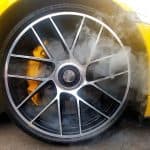
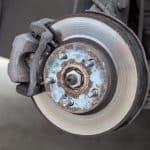
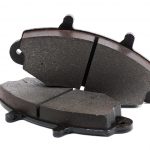
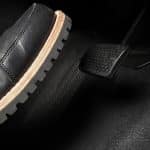
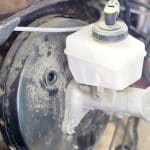
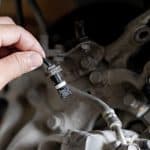
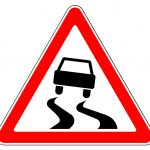
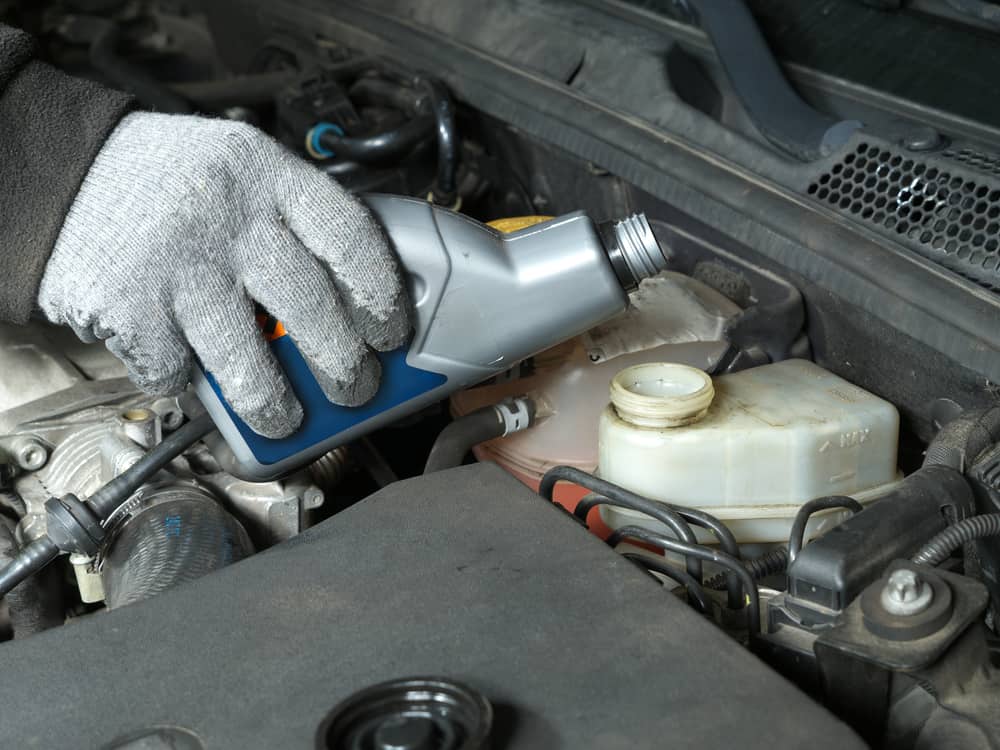
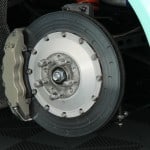

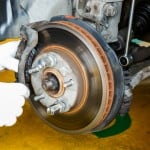
.png)